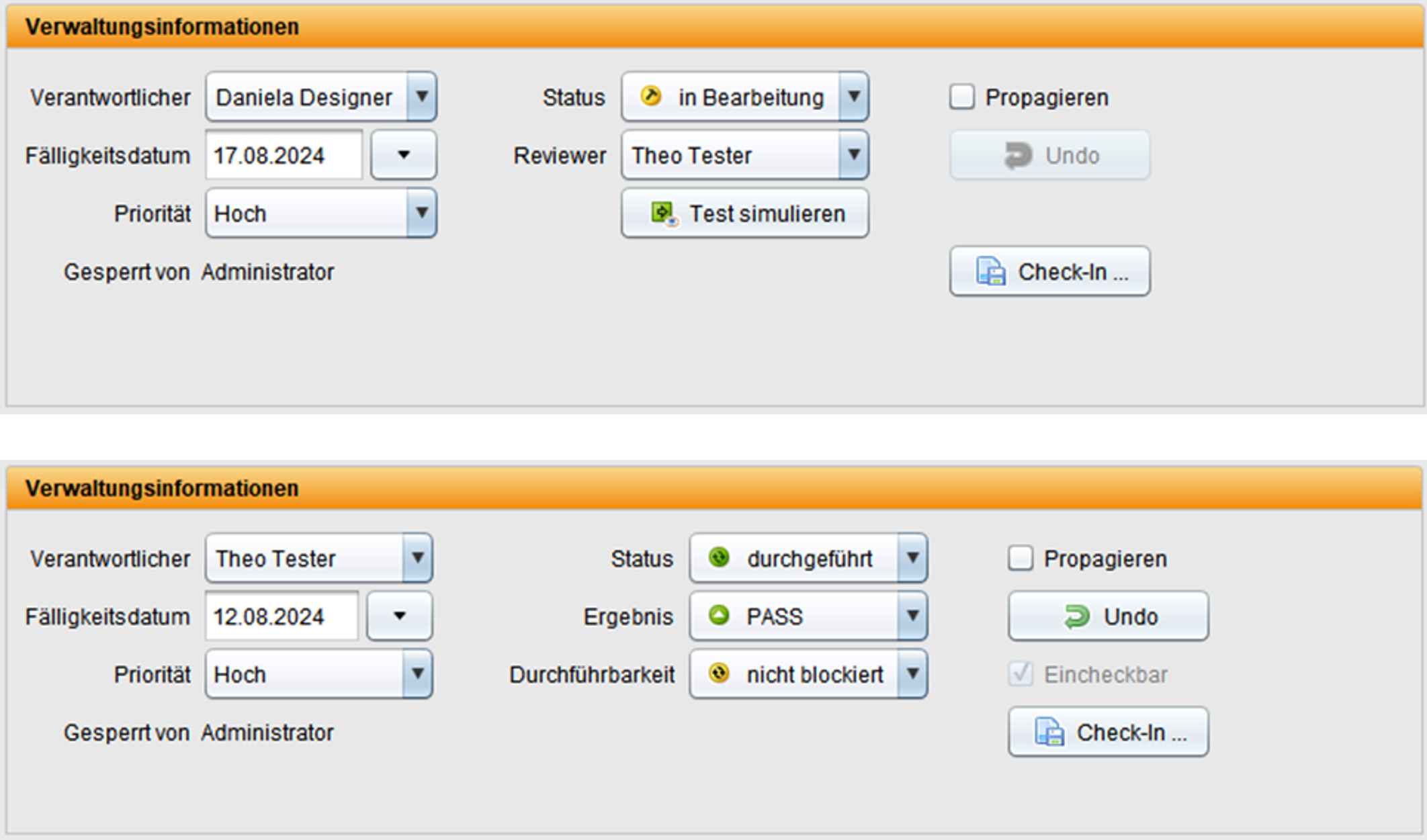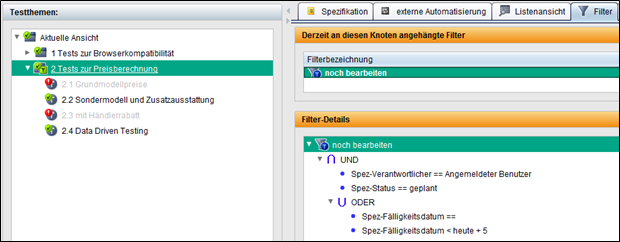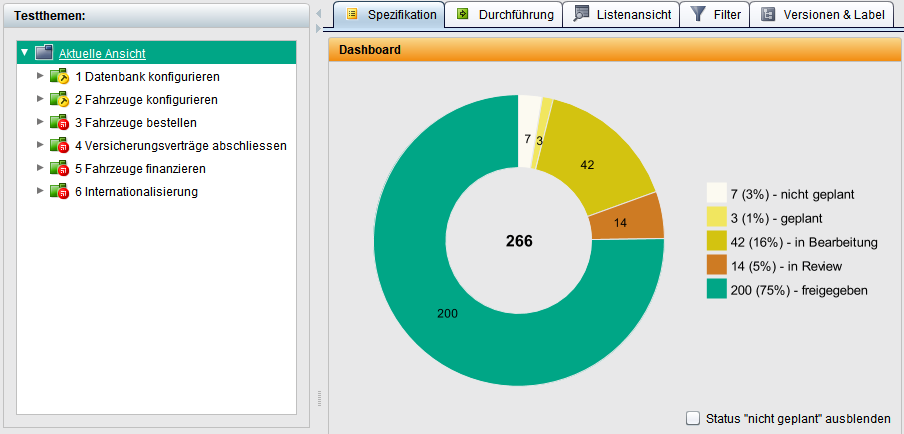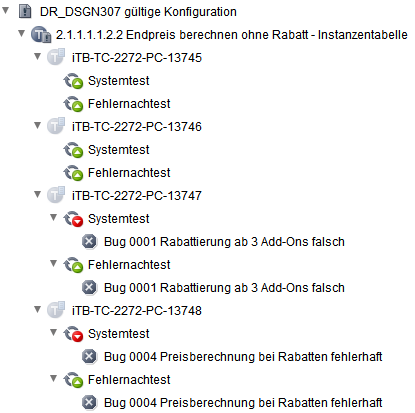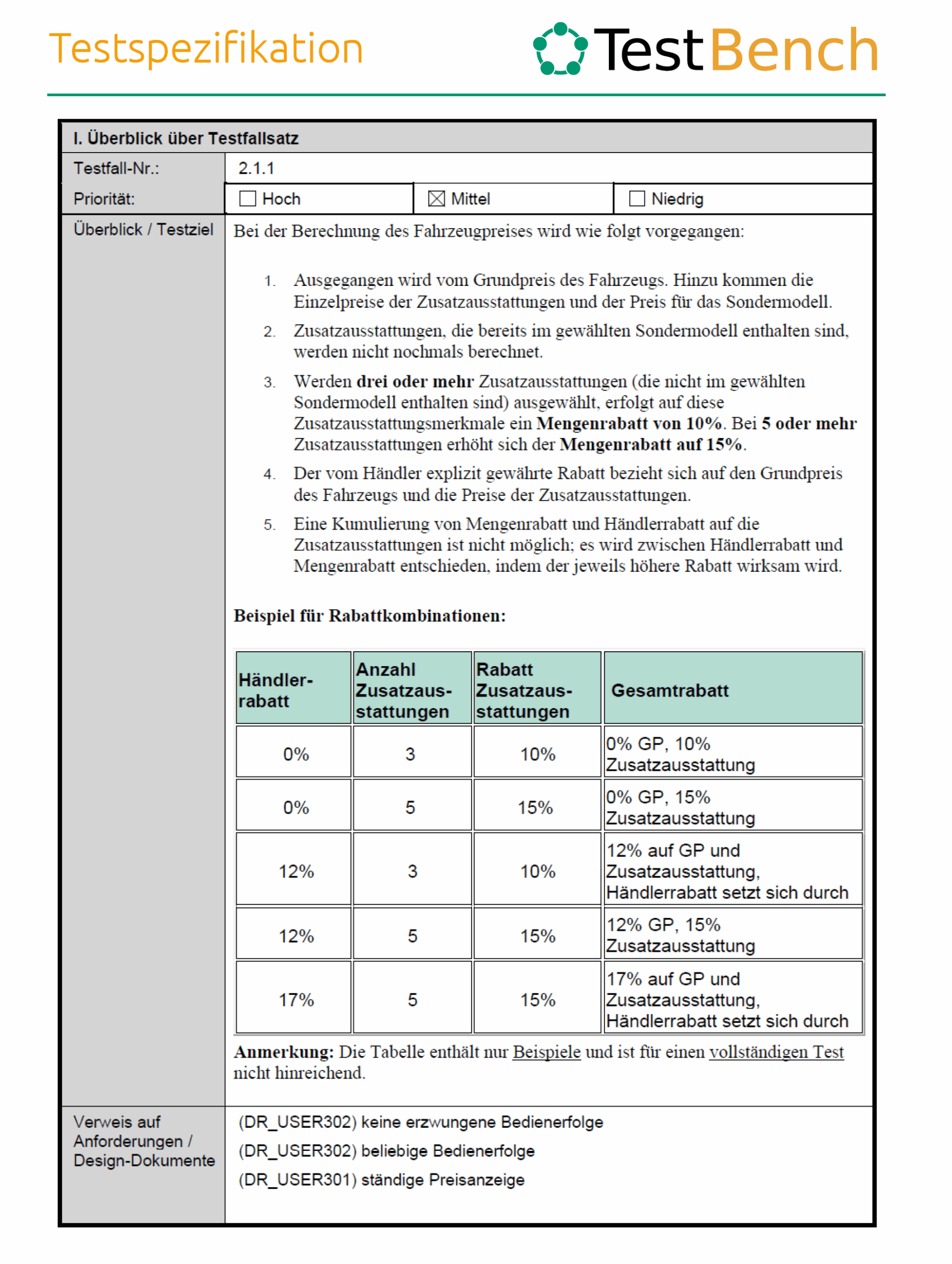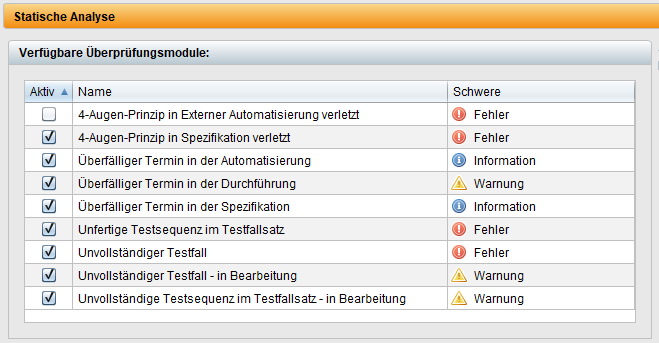Was ist Testmanagement?
Testmanagement umfasst laut Definition die Planung, Koordination und Überwachung aller Testaktivitäten in einem Softwareprojekt, um die Qualität des Endprodukts sicherzustellen. Dabei handelt es sich um einen umfassenden Prozess, der verschiedene Aspekte vereint, um eine zuverlässige und leistungsstarke Softwareentwicklung zu ermöglichen. Zu den Testmanagement-Aufgaben gehören:
- das Ressourcenmanagement, bei dem sicherzustellen ist, dass alle benötigten Mittel wie Zeit, Personal und Werkzeuge effektiv eingesetzt werden,
- die Überwachung der Testausführung und des Testfortschritts, um sicherzustellen, dass alle Testphasen termingerecht und vollständig durchgeführt werden,
- die Verwaltung von Fehlern, einschließlich ihrer Erfassung, Priorisierung und Nachverfolgung,
- das Risikomanagement, das potenzielle Probleme frühzeitig identifiziert und Maßnahmen zur Minimierung ergreift,
- sowie die Analyse der Testergebnisse, um fundierte Entscheidungen über die Freigabe oder Optimierung der Software treffen zu können.
Somit stellt das Testmanagement in unserer Definition eine effiziente und effektive Durchführung der Tests sicher, optimiert die Testprozesse und gewährleistet, dass die Software den festgelegten Qualitätsanforderungen entspricht.
Herausforderungen im Testmanagement

- Unklare Ziele und Anforderungen
Fehlende oder veränderliche Anforderungen erschweren die Planung und führen zu Lücken in der Testabdeckung. - Mangelnde Transparenz und Nachvollziehbarkeit
Teststatus, Abdeckung und Risiken sind schwer greifbar; Entscheidungen im Freigabeprozess werden oft ohne belastbare Daten getroffen. - Koordinationsprobleme zwischen Beteiligten
Fachtester:innen, Entwickler:innen und Automatisierer:innen arbeiten nicht reibungslos zusammen – Kommunikation und Übergaben haken. - Hoher manueller Aufwand und Tool-Brüche
Viele Arbeitsschritte sind nicht automatisiert, Tools sind nicht gut integriert, Informationen verteilen sich über viele Systeme. - Zeitdruck und Priorisierungsprobleme
Tests geraten durch enge Releasezyklen unter Druck, wichtige Tests bleiben liegen, Fehler tauchen spät oder erst beim Kunden auf.
Wie funktioniert Testmanagement mit TestBench?
TestBench bietet eine umfassende Lösung für die Herausforderungen im Testmanagement. Die Software ermöglicht eine strukturierte Planung, Organisation und Überwachung der Testprozesse, was sicherstellt, dass alle Anforderungen lückenlos durch Tests abgedeckt werden. TestBench hilft dabei, Fehler frühzeitig zu erkennen und den Prüfaufwand zu reduzieren, indem Testergebnisse sowie Fehler effizient verwaltet werden. Zudem unterstützt die Software durch automatische Berichte und Metriken den Freigabeprozess und erleichtert die Zusammenarbeit mit externen Stellen. Folgende Funktionen unterstützen dich bei Deinem Projekt:
Alle Vorteile auf einen Blick

